|
By Peter Pascalis, Clinical Myotherapist Want to know if your painful side is weaker, and how much weaker so you can work on it? Thats what the MAT Muscle Meter lets us measure!
The MAT muscle meter - why we use these assessment tools? In our clinic we see patients daily who experience some change from their "normal" state. People will seek our advice and treatment for their ailments because they don't want to rely on medications or they don't want to normalise their pain. Regardless of how acute or chronic these conditions are, assessment of the dysfunction requires measurement if we are to conclude on a most likely diagnosis and be able to realistically set our treatment goals. For example when you come in with neck pain we will assess the range of motion available to you before the onset of symptoms, whether it be tightness of muscles or pain at a certain range of movement. These markers enable us to form a baseline from which we can measure improvements in those specific impairments. Measurement of factors like range of motion or strength can be estimated, and in most cases this could be enough, however if we want to get really precise on our measurements we have access to some great tools, like the MAT Muscle Meter! How do we know that our treatments have been effective? We could certainly ask the question and if all things have gone well we would be told that you're feeling great and life couldn't be better! At least that is what we'd both be working towards. Recovery from injury or pain isn't always so easily and quickly measured by our immediate experience of symptom relief. We therefore need some data on what has changed following our treatments to know that we are tracking in the right direction for the long term resolution of your pain or symptoms. Many devices exist that can help us as clinicians to get the most accurate data on pain or dysfunction by measuring for change before and after treatment. Much of that information will guide our treatments. The most simple version of this is the classic "how bad is your pain on a scale of 1-10?" which uses a number scale to rate your pain. Before treatment its a 7/10, and afterwards you report a 2/10? We call that a win! But how can we measure those wins even more precisely? As pain and tension can be multifactoral we eliminate the guesswork by supporting our claims with confirmation that our treatments are effective both reassuring us and our clients. The muscle meter tester is one example of a device that we can use to measure muscle strength, range of motion, and threshold to pain. All these variables when tested and changed in the positive will reassure us that we are well on the way to long term resolution of your symptoms. By measuring muscle strength we can prescribe exercises that aim to build strength equally in both sides of the body, when unequal it can be an underlying cause of dysfunction. Measuring range of motion on the symptomatic side tells us if we have restored range to its pre-injured level. Pain pressure threshold tells us if painful points otherwise known as trigger points or muscle knots have been improved. Although we can certainly gauge treatment effects in terms of seeing and hearing about those changes, confirming that our treatments have been successful by directly measuring those effects can be satisfying for both clinician and patient alike. Want me to measure your strength as part of your next treatment? Book in and ask me about the MAT Muscle Meter! By Rachael Bird, Myotherapist
The time it takes for your body to start feeling better after seeing a myotherapist can vary depending on several factors, including the nature and severity of your condition or discomfort, the specific techniques used by the myotherapist, and your individual response to treatment. Here are some general considerations:
If you've ever had that one-sided sharp, catching pain in your neck or back that stops you moving even slightly towards that painful side, you've likely experienced a sprained facet joint. Facet joint sprains can be a source of intense back or neck pain, limiting our mobility and overall quality of life. This kind of injury is usually fairly short lived, but the first few days when its at its worst can be very highly sensitive and irritable. The acute phase usually doesn't last more than a week, and the pain usually subsides entirely within 2-3 weeks. These injuries can result from trauma (like a car accident), repetitive motions or rapid combination movements (like bending/twisting/lifting too quickly), or can be predisposed in degenerative conditions where the joint has been previously injured or where the joint isn't as healthy as it could be. Even though this condition is normally short-lived, it can be challenging to manage and exceptionally painful. Facet joints are small joints located at the back of the spine, connecting the vertebrae. When they are happy they provide stability and allow for easy non-painful movement in the spine. When these joints become injured or strained, it can be a very painful experience. Turning your head to the impacted side is usually very restricted by a sharp, bony pain. Often turning to the opposite side is much easier and without the same sting of instant pain.
Common causes include sudden trauma or whiplash type injuries, quick repetitive motions, or lifting and twisting at the same time. We'll often hear people say "I slept funny and now I can't turn my neck that way", this can be from sleeping in a weird or awkward position with the neck jammed up overnight. Symptoms of facet joint sprains include localised pain which is usually one sided, stiffness, reduced range of motion due to intense pain, and muscle spasms. The muscles around the impacted facet joint can go into a protective spasm to prevent you from moving, but the spasm itself can be very painful and can cause referral of pain to other areas. If the sprained facet joint is in your neck, its common to get a headache referred from the surrounding muscles. If the sprained facet is in your back, the referral patterns from an upper back facet is usually to the shoulders, or from a lower back facet to your hips. These sprains can significantly impact daily activities, especially things that need you to be able to move easily and safely, like doing headchecks in the car, getting in and out of bed, or going to the gym. When it comes to facet joint sprains, our myotherapists offer several benefits: Pain Relief: Myotherapists utilise a range of techniques, including deep tissue massage, trigger point therapy, and joint mobilisation, to alleviate pain associated with facet joint sprains. By targeting the affected area and surrounding muscles, our myotherapists help reduce muscle tension, release endorphins, and improve blood circulation, resulting in pain relief. Techniques that can be used in acute stages include things like dry needling which can resolve muscle spasm without applying broad pressure over the area. Muscle Relaxation and Joint Mobility: Facet joint sprains often lead to muscle spasms and restricted joint mobility. Myotherapy techniques such as gentle stretching, soft tissue mobilisation, and joint mobilisation help relax the muscles, increase flexibility, and restore normal joint motion. These interventions promote healing, reduce inflammation, and enhance overall range of motion. Gentle mobilisations encourage the correct glide of the facet joints to return, and using techniques like Muscle Energy Technique we can often reduce the protective spasm and improve the amount of movement and the irritability of the joint fairly quickly. Muscle Imbalance: Musculoskeletal imbalances can contribute to facet joint sprains. Myotherapists assess and correct muscle imbalances through targeted exercises, ergonomic modifications, and postural retraining. By addressing these underlying issues, your myotherapist helps improve your alignment, reduce stress on the facet joints, and prevent further injury. Strength and Stability: Myotherapy focuses not only on treating the immediate pain but also on building strength and stability to prevent future sprains, once the pain intensity allows us to do so. Myotherapists develop customised exercise programs to strengthen the muscles supporting the spine, enhancing overall spinal stability and reducing the risk of recurrent facet joint sprains. For a facet joint sprain, we usually expect this part of your treatment plan to begin about 2 weeks into your program, once the pain has settled and you have regained mobility. Education and Self-Care: Myotherapists play an essential role in educating our patients about facet joint sprains and self-care techniques. We provide guidance on proper body mechanics, ergonomics, and exercises to maintain a healthy spine and prevent further injuries. Empowering individuals with the knowledge to take control of their own well-being is a fundamental aspect of myotherapy. Facet joint sprains can significantly impact our daily lives, causing pain and limiting our mobility. Myotherapy offers a comprehensive approach to treating facet joint sprains by addressing pain, muscle tension, joint mobility, and underlying imbalances. Through techniques such as pain relief, muscle relaxation, joint movement correction, and strength training, myotherapy aims to provide lasting relief and prevent future sprains. If you're struggling with facet joint sprains, seeking the expertise of our qualified myotherapists can be a valuable step towards finding relief and regaining functionality. Book online with any of our great Myos, or call us on 03 8204 0970 for more information. By Colette Corr Cupping is a favourite technique among Myotherapists to help with muscle tightness and pain. It has ancient origins, most famously in Traditional Chinese Medicine, but also used in many other cultures through the ages. Lets look at how Myotherapists apply cupping in a modern, Western framework. What is cupping?
Myofascial cupping is a soft tissue therapy that involves applying decompressed cups on the skin, creating a vacuum effect that lifts up underlying tissues close to the surface of the skin. Tissues lifted include connective tissue (fascia), along with muscles, blood and other fluid. Myofascial cupping is typically applied on the back, shoulder, neck, sacrum, hip, abdomen, legs or arms. It differs from the cupping done by traditional Chinese medicine and other Eastern medicine practitioners in that it is based on Western anatomy and physiology, and aims to treat conditions of muscles and fascia (myofascia), and not internal conditions. Fascia is a thin casing of connective tissue that surrounds and holds every organ, blood vessel, bone, nerve fibre and muscle in place. If you open up an orange, and see the white threads that hold the segments together, you can see fascia in action. In humans, as in the orange, fascia holds us together, but also allows us to move with structural integrity. Cupping has been used in many traditional medical systems in Europe, Asia and the Middle East. It is now seen in manual therapy professions, including myotherapy, and is used to treat soft tissue restrictions and muscle overactivity or tightness by increasing blood flow, reducing pain, and stretching superficial soft tissues, including fascia. Cups used at Simple Wellness Myotherapy We use three types of cups at Simple Wellness: flexible, food grade silicone cups, that are good for sliding, but can also be held in position (static). Another type of cups are plastic, with a pistol handle valve. This valve is used to tighten the cups to create a vacuum on the skin that is suitable for the client. The plastic cups are used statically, and can be combined with movements of the affected or nearby limb to create a myofascial stretch the tissue being cupped. We also have traditional glass and flame cups, where the flame is used to create heat and suction over the skin and muscle tissue. Myotherapists will use cupping for things like stiffness and tightness throughout the body, sciatica, rotator cuff pain, headaches, and much more. How can cupping help my condition? Manual therapy is known to alter tissue tone and change the consistency of the gel-like layer of connective tissue known as ground substance, affecting fascia by altering its viscoelastic, shock-absorbing and energy-absorbing properties. Cupping also has been found to promote the flow of oxygenated blood to the targeted muscle, improving muscle tone and range of motion; and to change biomechanical properties of the skin, increase pain tolerance, and reduce inflammation. There are benefits to the central nervous system due to feedback from local skin receptors where the cups have been applied, and the lymphatic system is stimulated, improving lymphatic drainage and the elimination of cellular waste. Side effects of cupping Cupping can marks or ‘bruises’ which can last up to three weeks. This is more likely with the plastic and glass cups than the flexible silicon cups. Other side effects include temporary light-headedness, or feeling dizzy or nauseous after treatment. This is why we will always gain your informed consent before using cupping as part of your treatment. Please inform your therapist of the following before receiving any cupping. While cupping may still be beneficial, another technique may be more suitable: - If you are extremely fatigued - Taking certain medications, including anticoagulants or topical steroids - If you have sensitive or thin skin - If you have high or low blood pressure. When should cupping not be used? Cupping is just one of a variety of techniques that your myotherapist can use. We will not perform cupping where there is ongoing inflammation or swelling, as cupping will increase blood flow to the area, temporarily increasing swelling. We also avoid cupping in areas where there is bruising, or if you have a high temperature, skin infection, or dehydration. Other conditions where we will choose different techniques include if you have a blood disorder, organ inflammation or perforation (such as a gastric ulcer), cancer, or if you are recovering from a cardiac condition. Please discuss any existing conditions with your practitioner to help us determine together if cupping is suitable for you. Cupping aftercare After your treatment, remember to rehydrate with water, stay warm, and rest. Gentle movement and stretching can also be helpful to retain the improved mobility from your cupping treatment. Who can provide cupping at Simple Wellness Myotherapy? Our Myotherapists are all trained in cupping. When you book online you can choose a practitioner - currently we only have one therapist who doesn't provide cupping, which is Jacqui, our Remedial Massage Therapist. If you're unsure, you can also call the clinic on 03 8204 0970 and talk with our team about who is best to see for cupping. By Duke Autret Many, if not most people will have heard of, or may even have experienced sciatic pain or sciatica, but what is it exactly? Let’s explore. Sciatica is a term that gets thrown around alot but the fact is that it’s quite a vague term which is used simply to describe any condition where the symptoms involve pain running from the lower back down either one or both legs (potentially all the way down to the foot). Pain types can be sharp, shocking, tingly, numb, cause pins and needles, or cause pinching or catching sensations on movements. 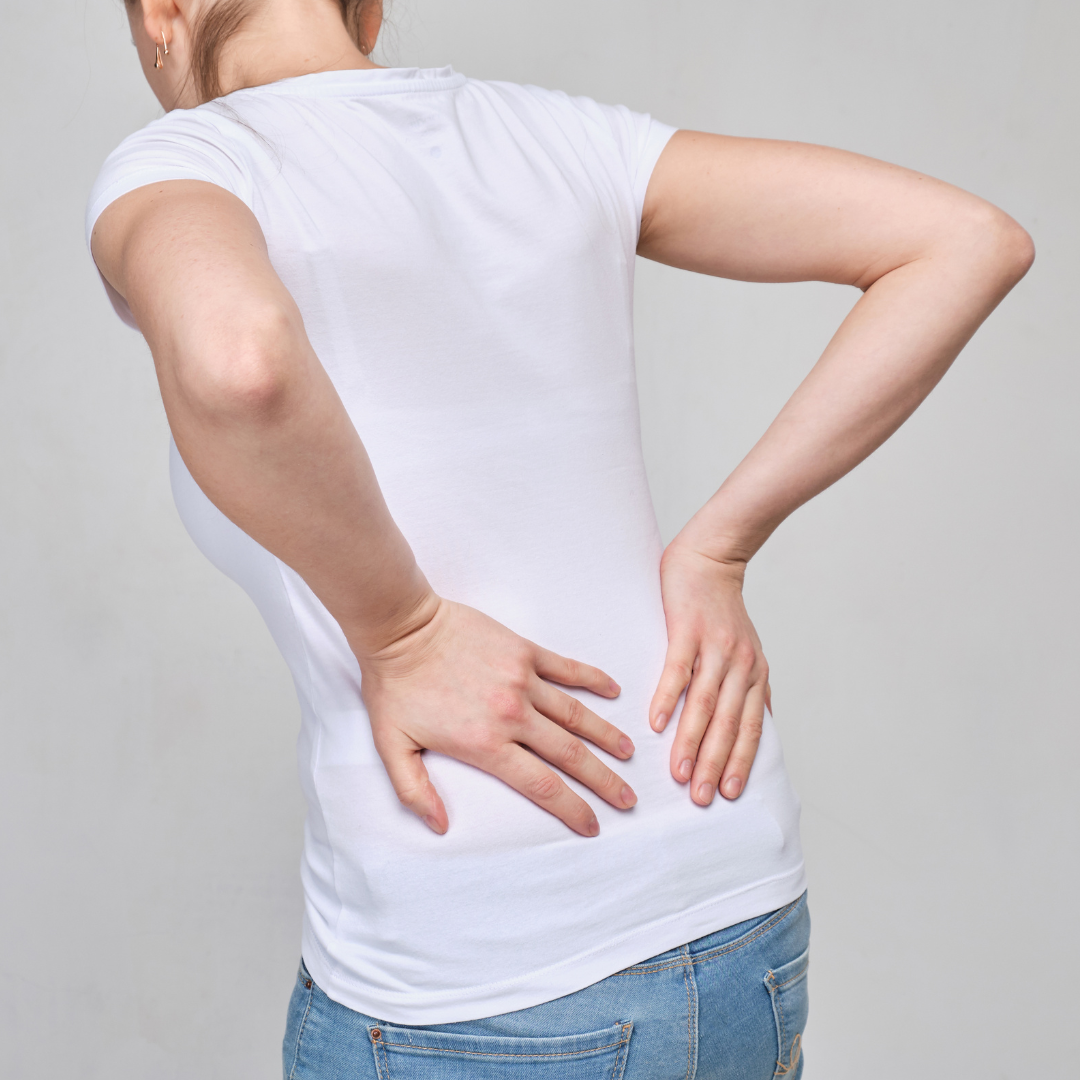 So in fact Sciatica describes not one single condition, but rather a set of symptoms, and that these symptoms that we call Sciatica can be the result of a number of different mechanisms or conditions. To be more precise, Sciatic refers to the name of the nerves which branch out from origins in the lower spine/back and then splits into two Sciatic nerves - one for each leg, and thus innervates the muscles and structures of the legs. However this nerve can become vulnerable to irritation by pressure bearing on it from other structures, when this happens the experience is Sciatica! As mentioned before there can be a variety of reasons for this impingement on the Sciatic nerves and some examples can include pressure from a tight Piriformis muscle (which the sciatic nerve passes directly through or beneath), pressure from an Intervertebral Disc bulge/herniation of the lumbar spine (lower back), Stenosis which is the narrowing of the spinal canal, Spondylolisthesis which is the slipping of one vertebrae over the next and that can pinch the sciatic nerve, or Spondylosis, an arthritic joint degeneration at the lumbar vertebrae which may cause inflammation and subsequent pressure and irritation from that. As we can see, there are many ways in which the sciatic nerve can become impacted and the end result is the same experience and symptoms we call ‘Sciatica’. Some of these situations sound scary, but the majority of the time it is easy to get the pain under control while working with an experienced Myotherapist who can help guide you or refer you on if your condition is particularly acute or severe. Since the irritation that occurs to the Sciatic nerve is to do with some or other kind of pressure, then the priority for treatment becomes to create more space for the nerve to be free, as nerves also need to be able to slide and move with the rest of the body. Importantly, the treatment we use will be dependent on which of the various mechanisms are at play, but commonly any technique employed will be with the aim of creating more space for that nerve, and most often will involves treating the muscles of the lower back, pelvis, hips, glutes and back of the thighs and maybe even calves. Some of these techniques can include hands on options like remedial massage and myofascial release, or helpful nerve gliding movements that can help reduce the sensitivity of those nerves. And in situations where the symptoms are very acute, fresh and severe often Myofascial Dry Needling is a go-to in order to take the edge off and tone everything right down without adding any more undue pressure to the nerve/system. Myotherapists can also provide joint mobilisations to aid in better mobility of the lower back and hips. Mobilisations vary from manipulations - we won't be "cracking your bones", but gently encouraging rhythmic movement to return to your joints without any high velocity cracks or crunches. From here we would look at tailored exercises for your situation which could simply be stretches for a few key tight muscles to a full program to help build stability around the spine and support the structure for healthy nerve function. Some common exercises you might try could be deep abdominal work, diaphragm ‘weight-lifting’, the sphinx, Piriformis stretches, and Glute and Adductor strengthening. Our practitioners will demonstrate these types of exercises and how to safely do them while you're experiencing sciatica, and we can assist you in progressing them as preventative care exercises once the intensity of your pain has eased. If you or anyone you know is currently suffering with Sciatic pain, please come and see us, we are here to help. Just call or leave a message with us at the Simple Wellness Myotherapy clinic here in Rowville, or alternatively you can see our booking schedule and make an appointment yourself for a time that best suits.
Whats Causing This Pain Where My Lower Back And Hips Meet? It Could Be The Sacroiliac Joint10/8/2022
By Duke Autret Pain across the very base of your spine where your hips and lower back meet is very common. You can often pinpoint the pain as starting from "those two dimples at the lower back" and spreading out across the sides of the hips. Those two dimples, which aren't always visible on everyone, are where the back and hip join - specifically where the sacrum bone joins the iliac crest of the pelvis. This joint is called the Sacroiliac Joint. Sacroiliac Joint (SIJ) Dysfunction is an often used term to describe any issue that arises from some kind of problem at this joint, usually leading to the joint becoming inflamed, and which can commonly have subsequent implications such as sciatic pain (pain running down the leg) and/or pain from muscle spasms usually at the lower back and/or around the hip/s.
One reason for this is that the inflammation at the site of the Sacroiliac Joint may irritate the sciatic nerve much in the same way as a spinal disc problem can, although rather than perhaps a bulging intervertebral disc impinging on the sciatic nerve, instead it can be the chemical irritation and/or the pressure and compression caused by the swelling and inflammation of locals tissues and fluids. Then due to pain and irritation from the inflammation, a pain cycle may set in, with muscles spasming and tightening up in response. Our bodies are pretty marvellous in the way they try to protect us from a perceived problem, and that protection usually comes in the way of tensing, tightening or spasming. Consider if you were going to be punched in the gut, the first thing your body will naturally do before you probably even think about it is to tense your abdominals, draw in the arms and shoulders, and crunch forward in a protected position to lessen the blow. The SIJ does a similar process to try to protect around the joint area, which can lead to that persisting pain. Typically, an SIJ issue will present on just one side at a time, although it can be possible for the symptomatic side to swap from one side to the other, as when one SIJ is dysfunctional then the adjacent SIJ compensates and is therefore implicated. The good news is that you can get treatment for Sacroiliac Joint Dysfunction! Treatments we can provide to help when someone comes to us in an acute phase will revolve around ways of decreasing the muscle spasm and pain to the hip, pelvis and spinal regions, and to also advise you on the best ways to manage the joint inflammation itself and ‘deload’ the structures involved. The initial stages of the treatment are likely to involve some soft tissue work like remedial massage, myofascial release, cupping or dry needling, and can also involve taping the SIJ to support that area and give those really hard working muscles a chance for a break without leaving that joint feeling vulnerable. Then once these initial symptoms are under control we will guide you towards how to regain and develop the stability, mobility and control to the specific areas needed, which are likely to include the thigh muscles and the deep muscles of the trunk, abdominals, and back. Outside of any hands on treatments the lasting success of reversing this type of condition will depend also on the empowerment of you. We will advise you on the best rehab routine and provide a layered program over time so that you can progress at the right pace and without worrying about being overloaded with homework. Or alternatively, we can refer you to connect with local practitioners or instructors in clinical exercise or other modalities like yoga for example if you prefer or if help with motivation and supervision is what you need. Personally I enjoy working with SIJ pain since I used to suffer from a lot of it myself (and know how difficult it can be) and because I’ve learned how to best deal with it, to the point where I no longer suffer from this anymore. This has been a worthy investment for me and also a gift. I hope to share this with those who need it too. If you’d like to start down the road of finding ways to improve your own challenges with an SIJ issue, I am here to help. Just call or leave a message with us at the Simple Wellness Myotherapy clinic here in Rowville, our number is 03 8204 0970, or alternatively you can visit our website to see our booking schedule and make an appointment for yourself at a time that best suits you. Getting a Remedial Massage or Myotherapy appointment is becoming even easier now that we have two new therapists joining our Rowville team! Join us in welcoming our two great new practitioners to the Simple Wellness clinic! Kel Levi will be joining us from Wednesday July 27th. Kel is an experienced Myotherapist who is currently working alongside AFL Premiers Melbourne Football Club helping their players during and after their matches. She's also a qualified personal trainer, and has a wealth of knowledge in the health and fitness realm. She has a great firm massage style, loves to use dry needling to help reduce pain and improve movement, and can use her extensive background in fitness and exercise to help you find ways to stretch and strengthen your trouble areas with ease. Myotherapy and Remedial Massage with Kel can be claimed through our HICAPS machine with private health insurers like BUPA, Medibank, HCF and all other health insurers. Kel will be available: Mondays and Wednesdays 9-12, and occasional Fridays (when Melbourne Footy Club don't need her expertise in the club rooms!) Colette Corr is our new student Myotherapist, who is starting with us on Tuesday August 2nd. Colette is a final year Bachelor of Health Science Myotherapy student, which means she's completed the vast majority of the 3 year Bachelor degree program and is down to the last few subjects, including student clinical hours. We'll be offering discounted treatments with Colette while she's finishing up her degree. In addition to Myotherapy, Colette is also a yoga instructor with over 5 years experience, and loves to work with people with chronic pain and hypermobility/Ehlers Danlos Syndrome. As Colette is a student, private health claims can't be made for treatments with her. Colette will be available: Tuesdays 2-7 and Saturdays (alternating between morning and afternoon shifts) As always, bookings with our team of fantastic therapists can be made instantly online or by phoning us on 03 8204 0970.
|
Meet Our Team
We have a team of great practitioners available 7 days a week at our Rowville clinic. Archives
July 2024
Categories
All
|
Got a question about Myotherapy?
Contact Mel by phone, email or Facebook
|
Simple Wellness Myotherapy & Remedial Massage Clinic
Shop 12B 150 Kelletts Rd Rowville VIC 3178 |
Phone us on
03 8204 0970 |

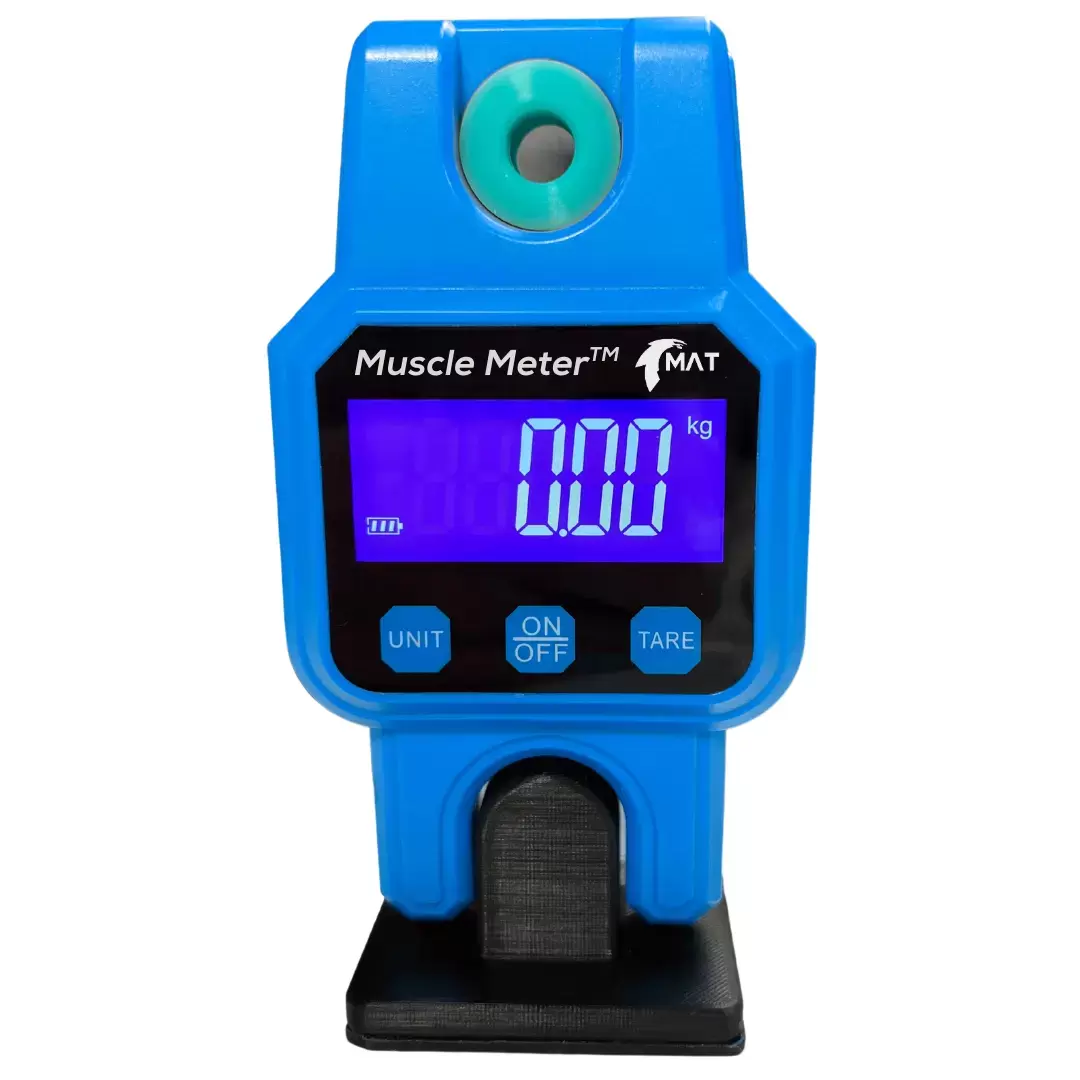
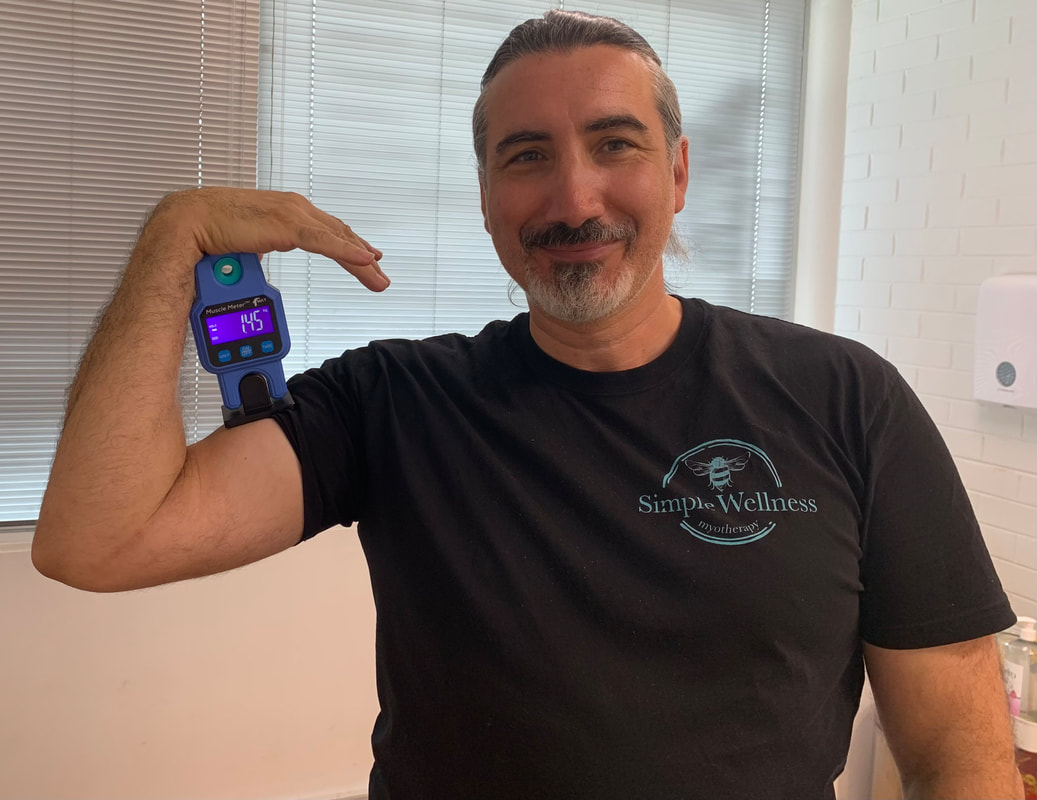
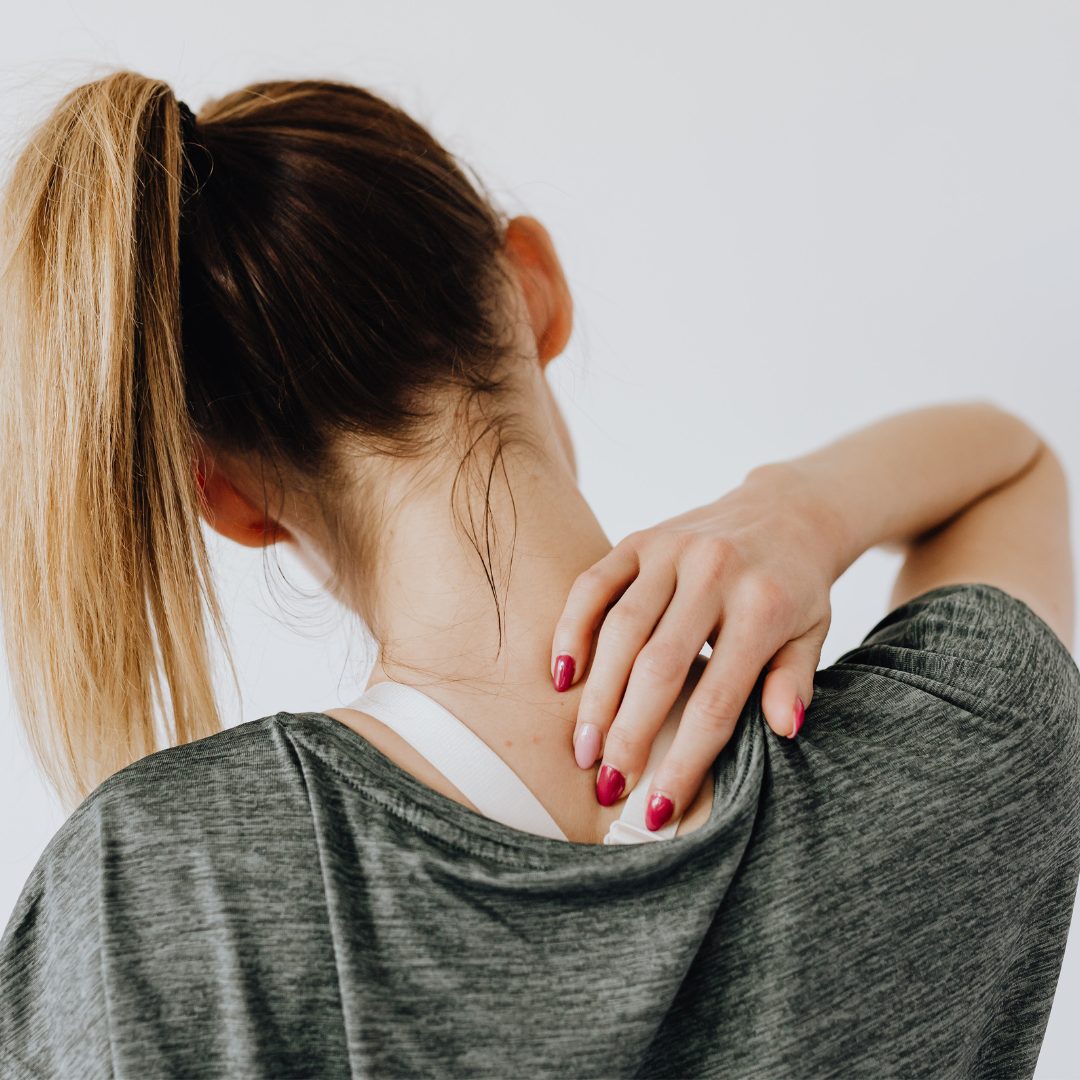
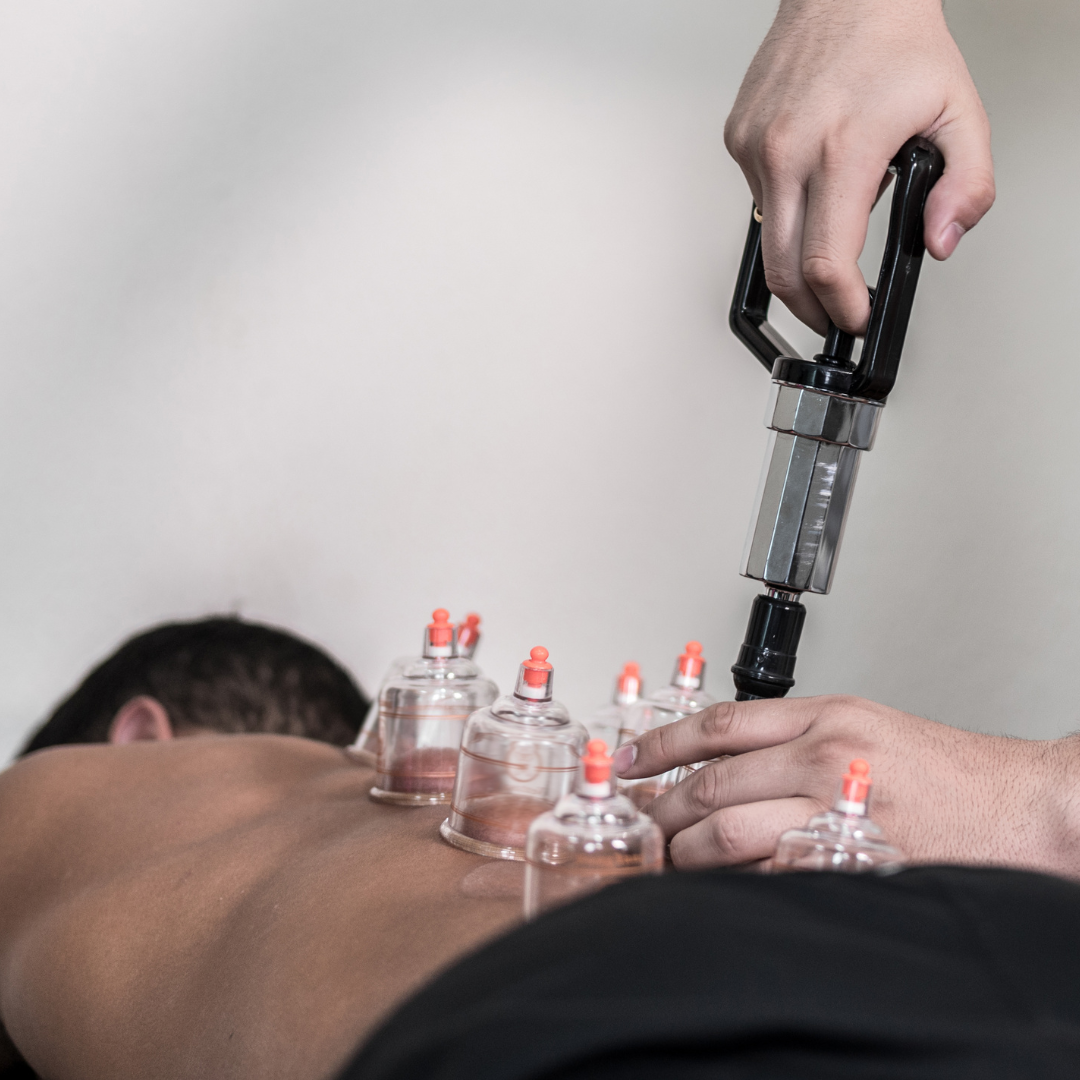

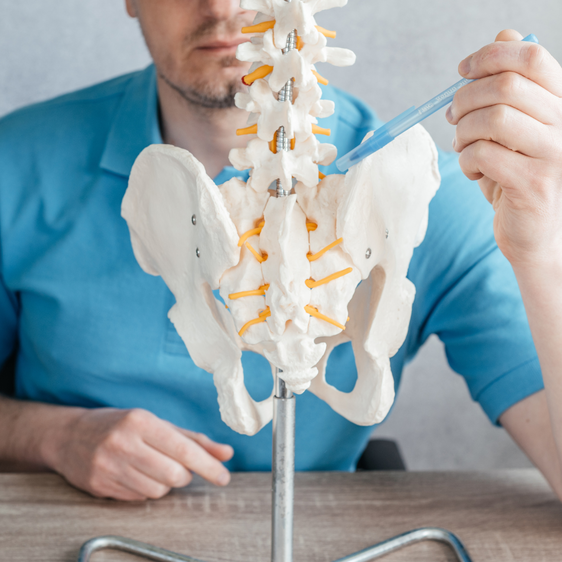
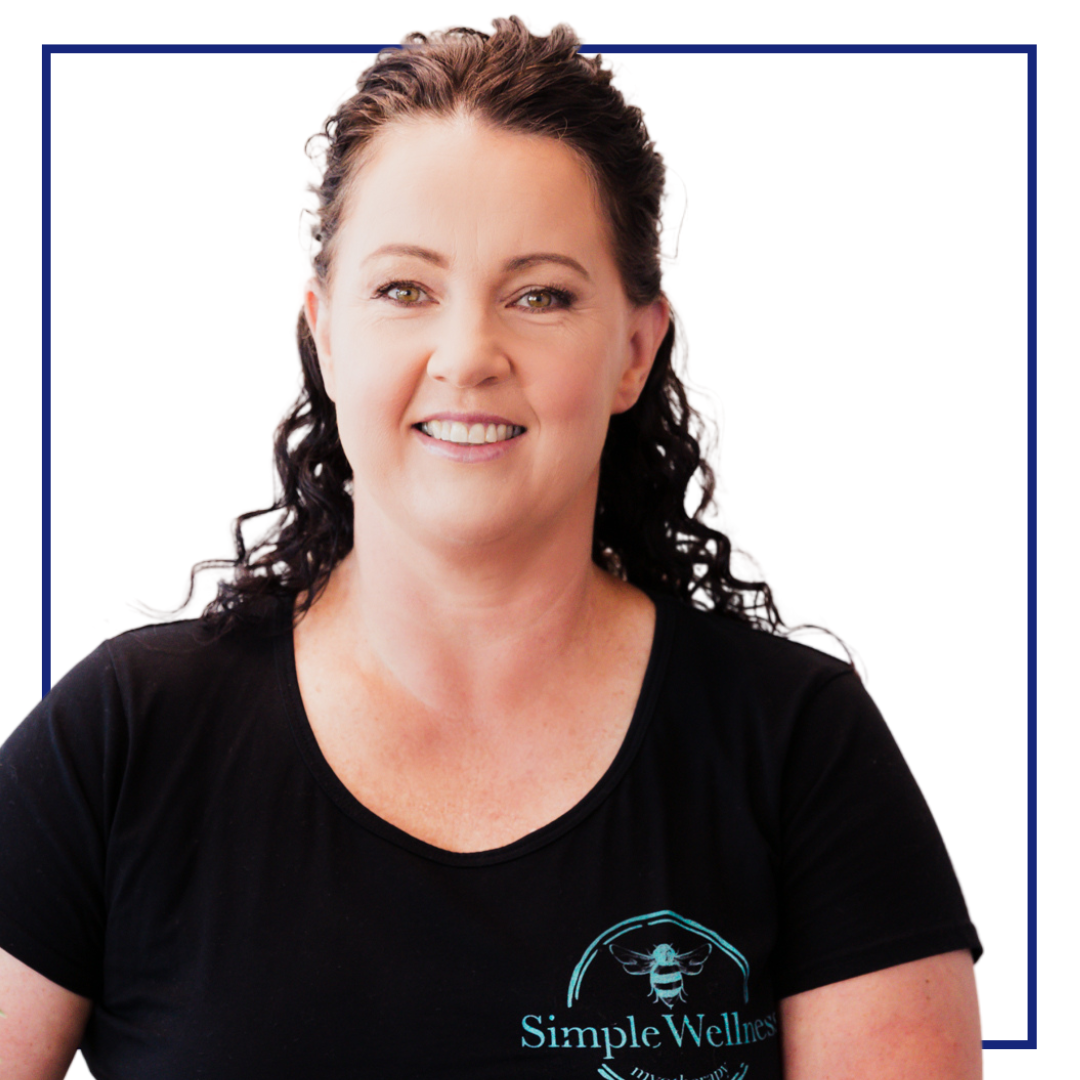

 RSS Feed
RSS Feed